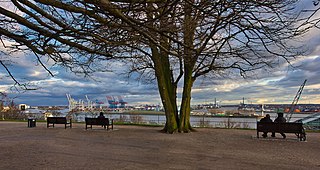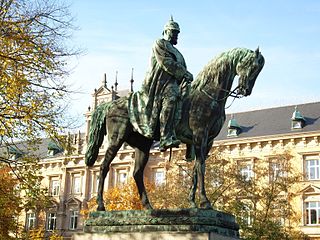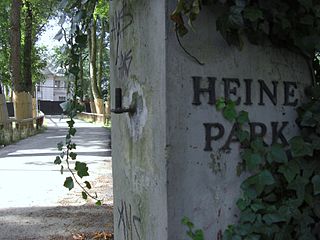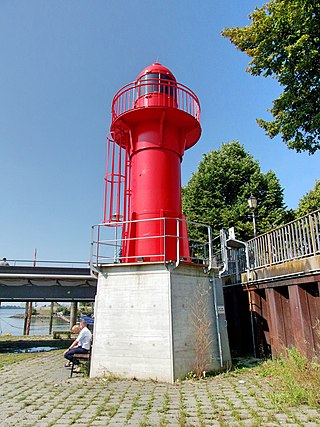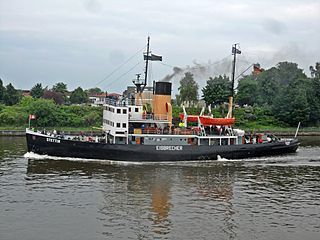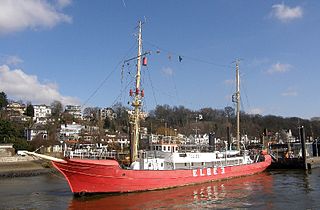Self-guided Sightseeing Tour #6 in Hamburg, Germany
Legend
Guided Free Walking Tours
Book free guided walking tours in Hamburg.
Guided Sightseeing Tours
Book guided sightseeing tours and activities in Hamburg.
Tour Facts
3.7 km
89 m
Experience Hamburg in Germany in a whole new way with our free self-guided sightseeing tour. This site not only offers you practical information and insider tips, but also a rich variety of activities and sights you shouldn't miss. Whether you love art and culture, want to explore historical sites or simply want to experience the vibrant atmosphere of a lively city - you'll find everything you need for your personal adventure here.
Activities in HamburgIndividual Sights in HamburgSight 1: Altonaer Balkon
The Altonaer Balkon is located in Hamburg's Altona-Altstadt district in the Altona district. The green space is part of a series of Elbe parks that are located high above the Elbe on the approximately 27-metre-high geest slope and which line up like a chain in a westerly direction, starting on the Promenade Bei der Erholungs in the St. Pauli district.
Sight 2: Schellfischtunnel
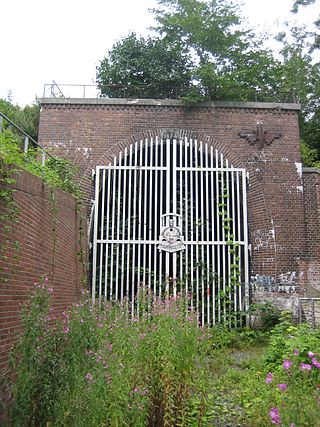
The Altona Harbour Railway Tunnel is a disused, 961 m long railway tunnel in Hamburg-Altona. It connected the easternmost track at Hamburg-Altona station with the tracks of the former Altona Harbour Railway and the Altona Fishing Harbour Railway below the Geest slope on the Elbe. It was reopened for viewings.
Sight 3: Black Form
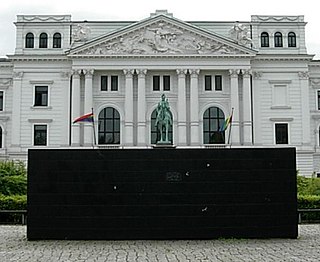
Black Form – Dedicated to the Missing Jews is a sculpture created in 1987 by the American artist Sol LeWitt, which has been installed since 1989 as a memorial to the destroyed Jewish community of Altona on the Platz der Republik in front of the Altona Town Hall.
Sight 4: Kaiser Wilhelm I
The Kaiser Wilhelm Monument in Hamburg is an equestrian statue in honor of Kaiser Wilhelm I. The statue with four allegorical figures, created by Johannes Schilling, was erected on the Rathausmarkt in 1903, but has been in the ramparts at the level of the Justice Forum since 1930.
Sight 5: Christianskirche

The Christianskirche in the Hamburg district of Ottensen is a Baroque building from 1738; the congregation belongs to the church district of Hamburg-West/Südholstein of the Evangelical Lutheran Church in Northern Germany. Since 1803, the grave of the poet Friedrich Gottlieb Klopstock has been located in the churchyard, which is why the Palmaille-Elbchaussee street running south past it over a length of about 270 m was given the name Klopstockstraße in 1846 and the name Klopstockkirche has now become common for the church.
Sight 6: Elbbergbrücke
The Elbberg Bridge is a road bridge in Hamburg, Germany. It crossed the tracks of the Altona Harbour Railway in the Altona-Altstadt district.
Sight 7: Heine-Park
Heine-Park is a park in the Hamburg district of Ottensen and is located on the northern bank of the Elbe River.
Sight 8: Altonaer Kaispeicher

In 1924, the Altona Kaispeicher was built according to a design by Gustav Oelsner. The Kaispeicher is located in the part of the Große Elbstraße facing Neumühlen. It is one of Hamburg's cultural monuments. In 2009, modernization measures were carried out on it. In the 21st century, the warehouse is used for events of various kinds.
Sight 9: SD WOLTMAN
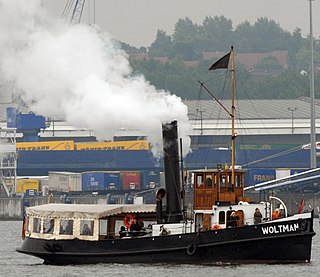
Built in 1904, the steam tug Woltman is one of the few surviving seagoing ships with steam propulsion and a coal-fired boiler.
Sight 10: Alter Leuchtturm Pagensand-Süd
The Old Lighthouse Pagensand-South is a small lighthouse that stood on the southern tip of Pagensand from 1934 to 2015. Since 21 November 2015, it has been erected as a technical monument in Hamburg's Oevelgönne Museum Harbour.
Sight 11: Dampfeisbrecher Stettin
Stettin is a steam icebreaker built by the shipyard Stettiner Oderwerke in 1933. She was ordered by the Chamber of Commerce of Stettin. The economy of the city of Stettin strongly depended on the free access of ships to and from the Baltic Sea. Therefore, icebreakers were used to keep the shipping channels free from ice during the winter.
Sight 12: Elbe 3
The lightship Elbe 3 was built in 1888 as the lightship Weser at the shipyard of Johann Lange in Vegesack. The first assignment was on the Weser position from 1889. In 1936, the ship received a four-stroke marine diesel engine. Instead of the middle mast, the ship therefore has a chimney. From 1954 to 1955 and 1956 to 1966 the ship was in service at position Bremen, and from 1966 to 1977 at position Elbe 3. The beacon consisted of three electrically operated individual fires. The decommissioning was on 23 May 1977 in Cuxhaven.
Share
How likely are you to recommend us?
Disclaimer Please be aware of your surroundings and do not enter private property. We are not liable for any damages that occur during the tours.
GPX-Download For navigation apps and GPS devices you can download the tour as a GPX file.
